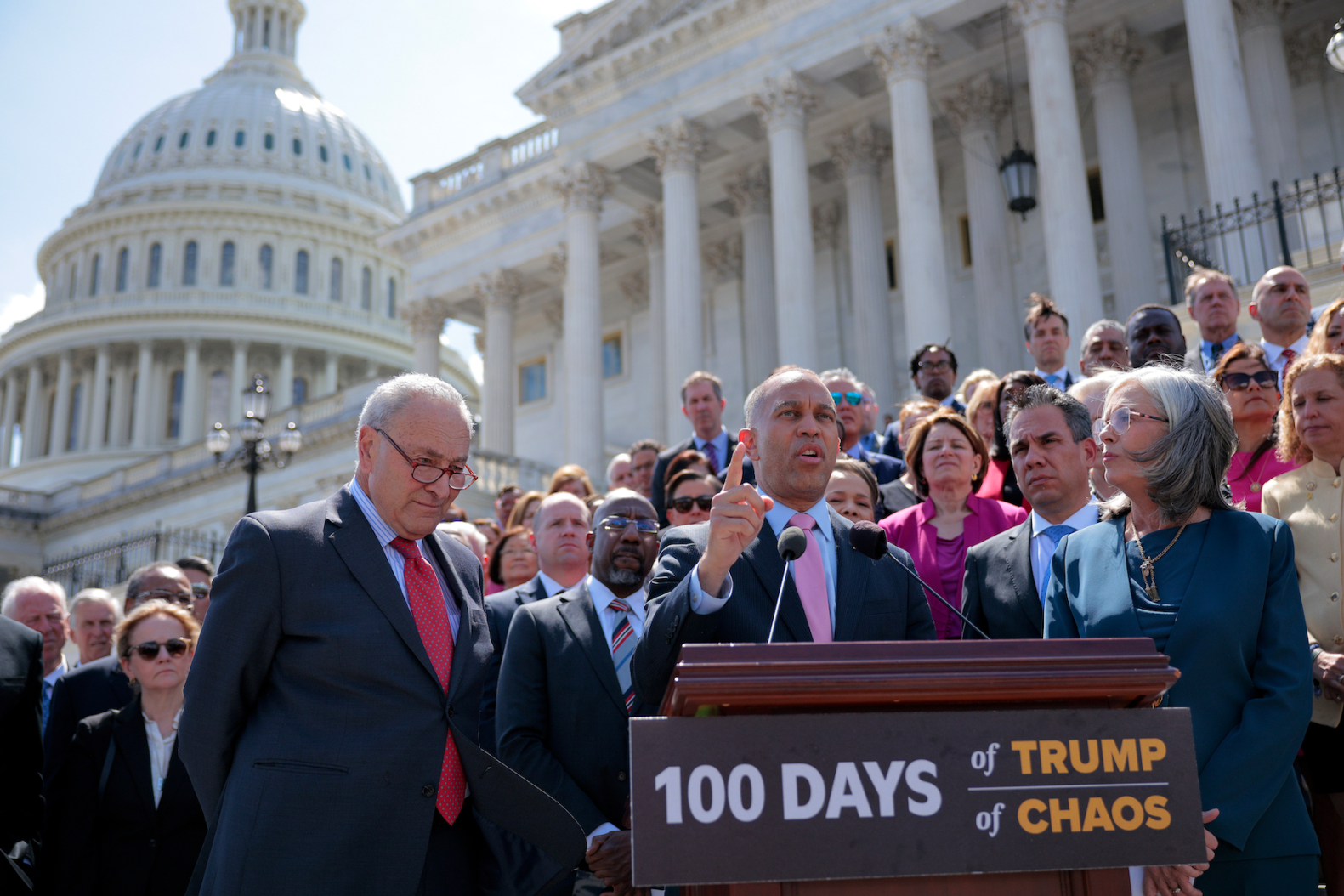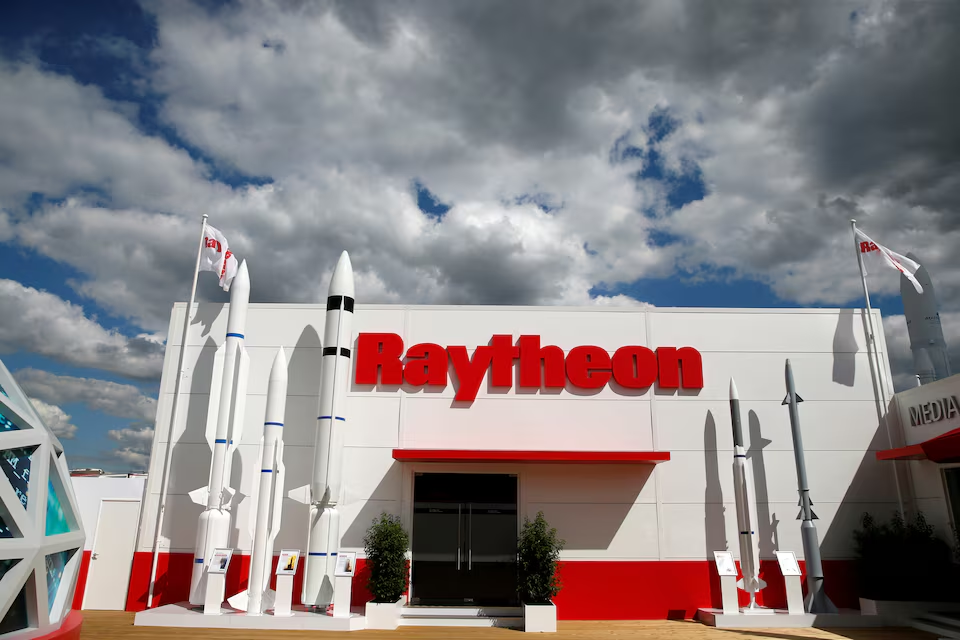
The steel industry, known for its crucial role in the nation’s infrastructure and economic growth, was suddenly rocked by a catastrophic incident at a US Steel plant in Pennsylvania. Reports confirm that a powerful explosion erupted at the facility, resulting in the tragic loss of lives and numerous injuries. This incident not only raises concerns about industrial safety but also prompts an urgent investigation into the circumstances surrounding the explosion.
The Incident Details and Immediate Aftermath
On a seemingly ordinary day, employees at the Pennsylvania US Steel plant faced an extraordinary and frightening event. According to sources, the explosion caused significant destruction within the plant, leading to at least two fatalities and leaving dozens of workers injured. Emergency services responded swiftly, deploying fire crews, medical teams, and law enforcement to the scene.
The explosion was powerful enough to cause structural damage, and several workers sustained injuries ranging from minor burns to critical trauma. While the exact cause of the explosion remains under investigation, preliminary reports suggest it could be linked to equipment failure, flammable materials, or operational errors.
Impact on Workers and the Community
The incident has sent shockwaves through the local community and the wider steel industry. Families of those affected are mourning the loss of loved ones, while others await updates on the condition of the injured. The plant, a significant employer in the region, has been temporarily shut down to facilitate the investigation and ensure safety before resuming operations.
Workers’ safety and well-being have become the primary concern, sparking demands for thorough inspections and stricter adherence to safety protocols. Community leaders and industry officials are calling for transparency and swift action to prevent future tragedies.
Investigation and Industry Response
Authorities have launched a comprehensive investigation into the cause of the explosion. This process involves safety inspectors, federal agencies, and the company’s internal review teams. The primary focus is to understand what led to such a devastating event and how to prevent similar incidents in the future.
In the wake of the explosion, the steel industry is under increased scrutiny regarding safety standards. Industry leaders emphasize the importance of regular safety audits, employee training, and the maintenance of equipment to mitigate risks associated with such hazardous environments.
Moreover, safety advocates are urging for stricter federal regulations and enforcement policies to protect workers across all industrial sectors. The incident underscores the critical need for a safety-first approach in high-risk workplaces like steel plants.
Lessons Learned and Future Preventive Measures
This tragedy highlights the ongoing challenge of ensuring worker safety in the manufacturing and heavy industry sectors. Moving forward, companies and regulators must collaborate to:
- Enhance safety protocols: Regularly review and update safety procedures and ensure they are strictly followed.
- Implement advanced safety technology: Utilize modern sensors, monitoring systems, and automatic shutdown mechanisms to prevent accidents.
- Provide comprehensive training: Equip workers with knowledge about hazards and emergency procedures to respond effectively in crises.
- Conduct preventive maintenance: Regular inspections and upkeep of machinery to identify and address potential failure points before disasters occur.
- Foster a safety culture: Encourage employees at all levels to prioritize safety and report unsafe conditions without fear of repercussions.
By adopting these strategies, the steel industry can work toward minimizing risks and safeguarding its workforce from preventable tragedies.
The Broader Implications for Industrial Safety
This incident serves as a grim reminder of the dangers inherent in high-risk industrial work environments. It underscores the necessity for ongoing vigilance, adherence to safety standards, and continuous improvement in safety practices. When tragedies occur, they not only impact the victims and their families but also cast a shadow on the industry’s reputation and its commitment to employee well-being.
All stakeholders—industry leaders, regulators, workers, and communities—must come together to foster a safety-first mentality. Robust safety measures, transparent reporting, and accountability are essential to prevent future calamities.
Community and Political Response
The community surrounding the Pennsylvania plant has been deeply affected by this event. Local officials and politicians have called for immediate investigations, support for the affected families, and assurances that safety measures will be intensified.
There is also a broader call for policy reforms aimed at strengthening occupational health and safety laws, ensuring that companies are held accountable for maintaining safe workplaces. Public pressure can play a pivotal role in driving reforms and ensuring that safety remains a top priority in the industrial sector.
Conclusion: Looking Ahead with Caution and Resolve
The explosion at the Pennsylvania US Steel plant is a stark reminder of the hazards that come with industrial work. While the loss of life is a tragedy and the injuries are a stark warning, this incident also offers an opportunity for reflection and improvement. Implementing rigorous safety protocols, embracing technological advancements, and fostering a culture of safety are vital steps to prevent such incidents in the future.
As the investigation unfolds, it is crucial that lessons are learned and concrete actions are taken to protect workers and communities. The steel industry must prioritize safety as its cornerstone, ensuring that the sacrifices of those affected are not in vain.
For more updated news please keep visiting Prime News World.








